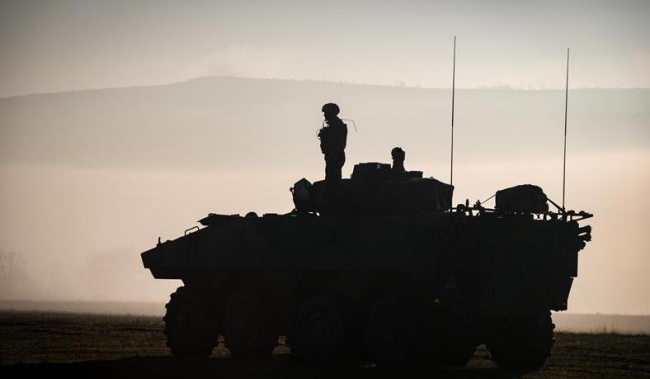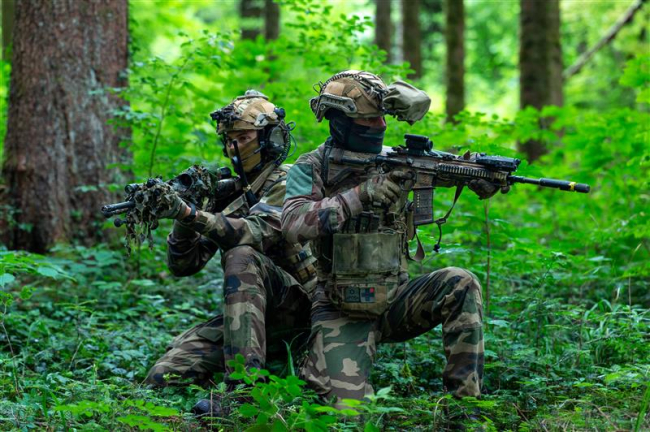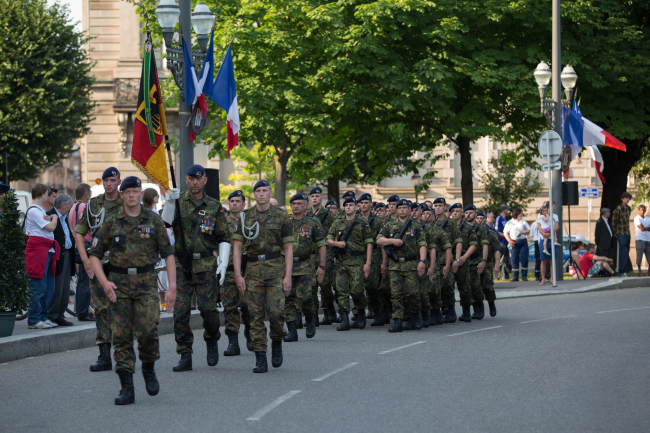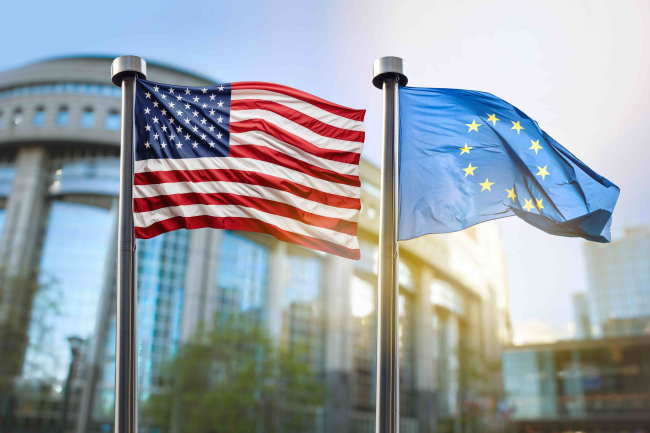La paix par la force. La modernisation de la défense sud-coréenne sous la présidence Moon Jae-in
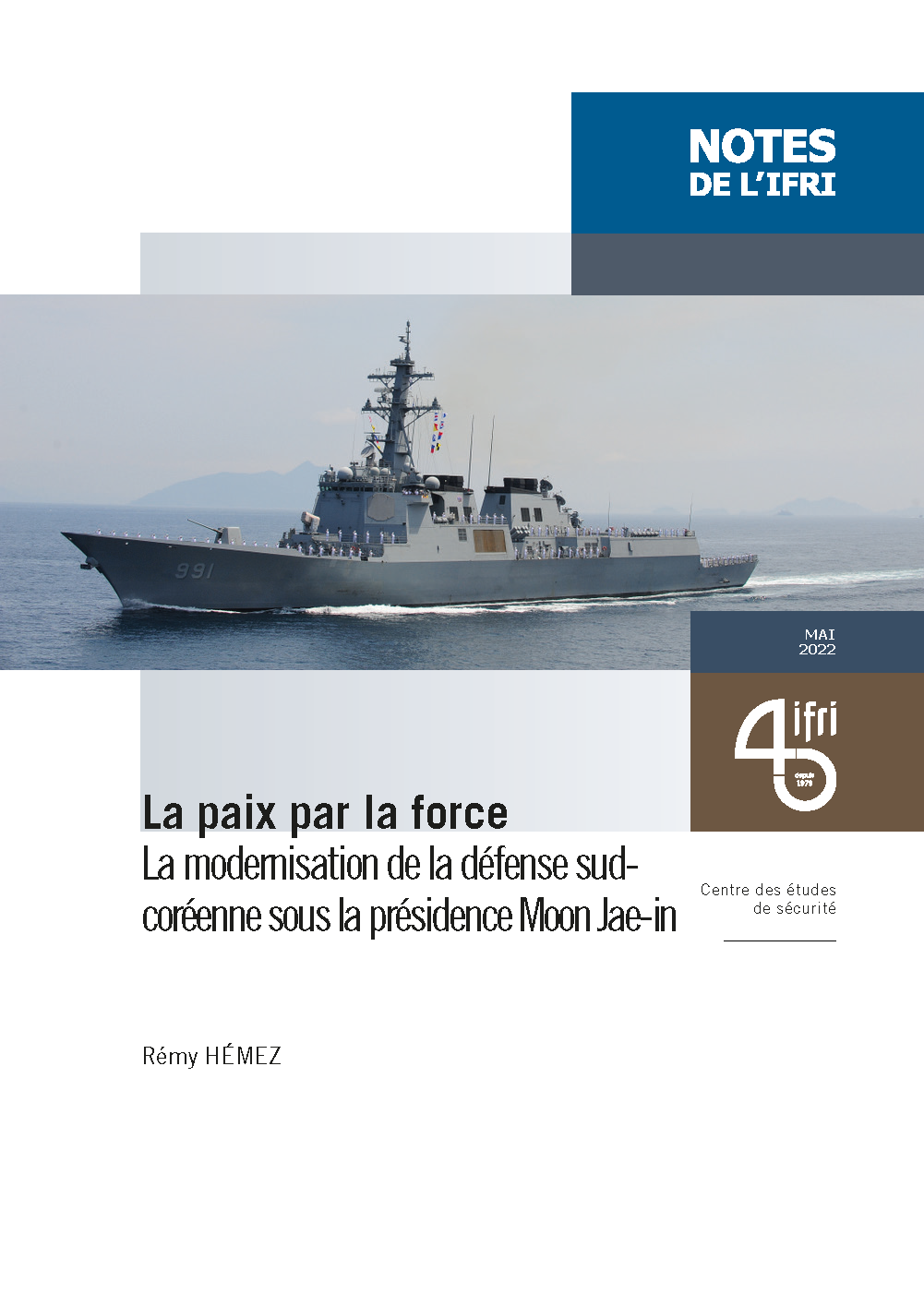
South Korea's defense modernization plan, Defense Reform 2.0, represents a significant effort in terms of military capabilities since 2018. The outgoing president, Moon Jae-in, has placed particular emphasis on high-tech acquisition as well as transforming the Korean defense industrial and technological base into a major domestic and international supplier.
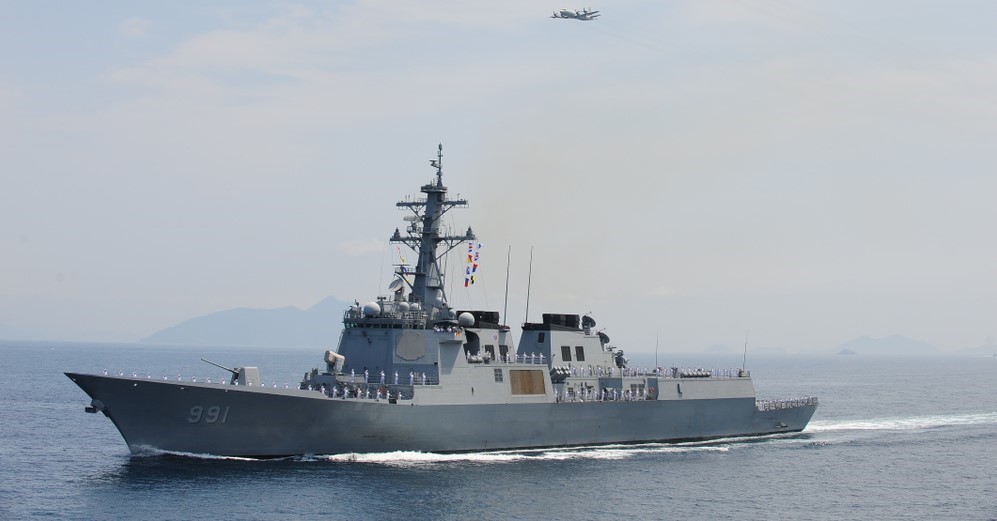
In addition, South Korea is proactive in its quest for strategic autonomy. In this regard, the naval and air components of its military are being diversified, notably by initiating the construction of an oceanic navy. Seoul is also seeking to develop its intelligence and detection capabilities through space-based capabilities to protect itself against any attack from the north of the peninsula.
It should be noted, however, that these developments do not come at the expense of South Korea's historic relationship with the United States. Indeed, even if it has become more discreet under the presidency of Donald Trump and doubts persist about the extent of the American nuclear umbrella, the military alliance between Washington and Seoul continues. At the same time, the Republic of Korea is trying not to get caught up in the Sino-American competition, as China remains an important trading partner.
Finally, the armed forces' reform undertaken under the Moon Jae-in presidency, intended to break with a military culture considered backward and to focus on technology in a context of demographic decline, has not been entirely successful.
This content is available in French: "La paix par la force. La modernisation de la défense sud-coréenne sous la présidence Moon Jae-in".

Available in:
Regions and themes
Share
Related centers and programs
Discover our other research centers and programsFind out more
Discover all our analysesThe Franco-German Brigade and the Revival of European Defense
One thing has been clear since Donald Trump's return to the White House: the very existence of the European unification project is threatened. Unless it develops a sovereign defense policy to counter the war in Ukraine and the weakening of American security guarantees, the European Union will continue to see its internal cohesion and external attractiveness wane.
Taking the Pulse: Can Europeans Build Their Independent Extended Nuclear Deterrent?
Confronted with a U.S. disengagement and the Russian threat, Europeans are reconsidering their stance on nuclear deterrence. Given the capabilities of the French and British arsenals, can Europe develop an independent nuclear deterrent?

RAMSES 2024. A World to Be Remade
For its 42nd edition, RAMSES 2024 identifies three major challenges for 2024.
A Transatlantic Defense Industrial Base? Two Contrasting Views
The evolving landscape of global defense cooperation has brought the transatlantic relationship between the United States (US) and Europe into sharp focus. As geopolitical tensions rise and the threat environment becomes more complex, the question of how Europe can best ensure its security while navigating its relationship with the United States has become paramount. This double feature report offers two contrasting views on the dynamics of US-Europe defense industrial relations, highlighting the challenges and opportunities that lie ahead for both parties.




